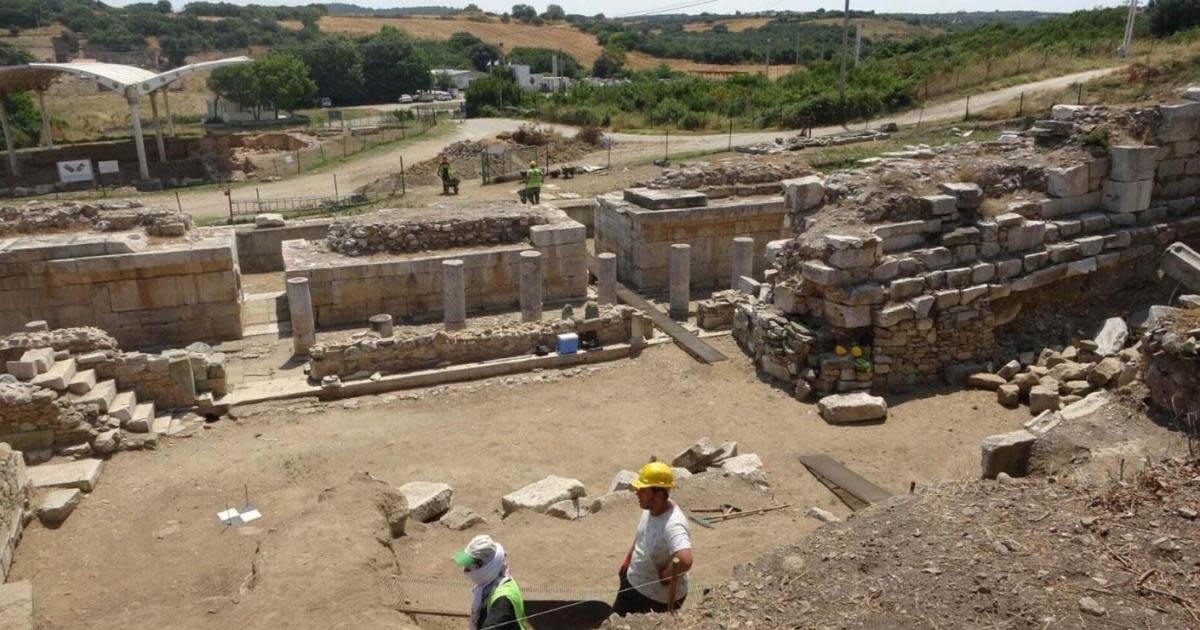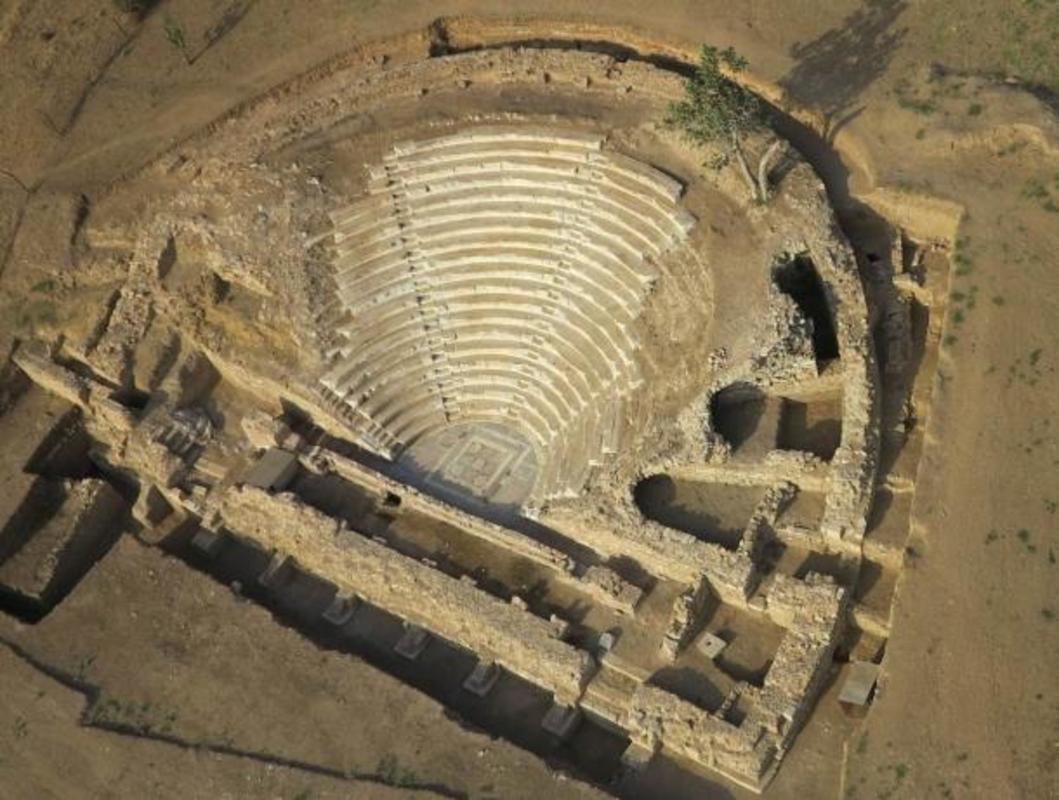Archaeologists excavating an ancient site in the port city of Parion, Turkey were shocked to unearth a Roman-era harbor facility which may have acted as a military compound, Anatolian Archaeology reported.
Excavations have been conducted on Parion for the last 20 years or so and have led to many notable finds, including a separate harbor located earlier, but this latest discovery reshapes the exploration as it was found beyond the coastline and underwater. Scientists believe that it served a completely different purpose than the earlier-discovered harbor, meaning Parion was likely an even more active port town than previously thought.
Parion was a main trading hub for all goods coming from ancient Greece and the Aegean Sea into Istanbul and beyond. The excavations, sponsored by Turkey’s Ministry of Culture and Tourism, and have been led by Dr. Vedat Keleş, are taking place in Turkey’s Canakkale province near the village of Kemer.
Keleş explained that the harbor dates back to the Romans’ time in Parion. The city was founded in 709 B.C., but the Romans came into possession of the town in 133 A.D. and ruled it for several hundred years.
“This harbor, compared to the southern harbor, which served as a commercial port, is slightly smaller and filled with alluvium deposited by the river running through the city,” Keleş explained. “Parion was a legion colony, so there is a possibility that this harbor could have been a military port.”

Ondokuz Mayıs University
Keleş is hopeful that recently launched underwater investigations will turn up specific information as to the port’s use, and whether it did in fact house soldiers and store military cargo.
In addition to their underwater endeavors, Keleş and his team are also conducting several prominent excavations on land. They are honing in on two particular areas of Parion, one which was a cultural hub and the other a commercial post.
“One is the theater, the other is the agora,” Keleş confirmed. “The theater work is difficult because it is destroyed. Because a city wall was built over the stage building and almost all the seating rows and architectural parts of the theater were used within this city wall,” he explained. “Therefore, the structure seems to have changed considerably in the late period. Even though we have some trouble due to this destruction, our work progresses slowly.”

Ondokuz Mayıs University
Keleş and his team hope to establish Parion as a tourist destination on par with Pompeii and other ancient cities, but they won’t be able to do it alone. “As a young excavation team, the city we are excavating has a high level of destruction. We need to fully uncover the city. Therefore, we need labor support. I would like to appeal to local authorities. If they support us, especially by providing labor support, we can continue our excavations uninterrupted throughout the year, as the climate permits.”
from Men's Journal https://ift.tt/clEzWdA
No comments:
Post a Comment